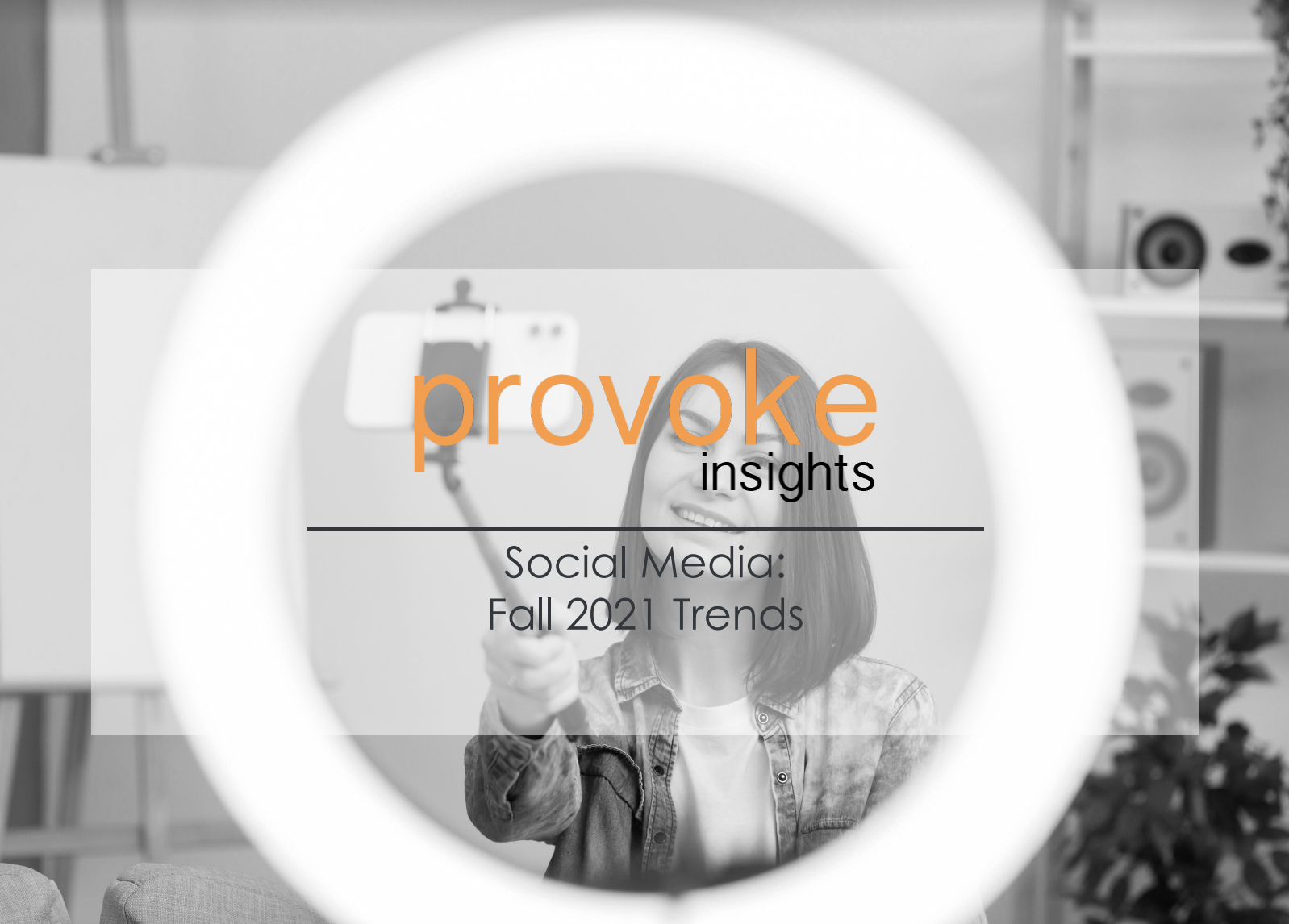What’s Happening in Social Media: 2022 Research Results
With the COVID-19 pandemic forcing people to quarantine and social distance, Americans have found other ways to connect. Social media gives users the ability to interact virtually in an increasingly digital age, so it’s no surprise that social media use is prominent among Americans. Let us dive deep into the latest usage habits. We designed Provoke Insights’ third wave of in-house trends research to recognize market trends and consumer habits in 15 different industries, including social media.
Americans Can’t Live Without Social Media, but They Don’t Trust It
Throughout the pandemic, social media has been extremely popular, as four out of five Americans access it every week. Millennials, Gen Z, those living in urban areas, and moms are significantly more likely to access it frequently. The most widely used platforms are Facebook, closely followed by YouTube and Instagram.
However, trust in social media is low. Only a third of Americans find the media channel trustworthy.
Massive Growth Except for Linkedin
Most social media platforms saw growth compared to January 2021. Video entertainment apps YouTube and TikTok grew the most, with double-digit increases. Interestingly, Linkedin saw a slight decrease in usage. This change may have to do with the job market stabilizing.
Who is Using Facebook?
Facebook is the most popular social site among Americans. More than three-fourths of users are checking Facebook daily. Facebook loyalists are most likely to be moms followed by Baby Boomers, live in rural areas, make under $50,000 per year, and be unvaccinated for COVID-19.
Download the full report for free here.
Methodology
Provoke Insights conducted a 15-minute online survey in autumn of 2021 among 1,504 Americans between the ages of 21 and 65. Provoke Insights uses a random stratified sample methodology to ensure a high degree of representation among the U.S. population. (This includes household income, age, gender, geography, ethnicity, and children living in the household.) Statistical differences between subgroups were tested at a 95% confidence level. The margin of error is +/-2.5%.












